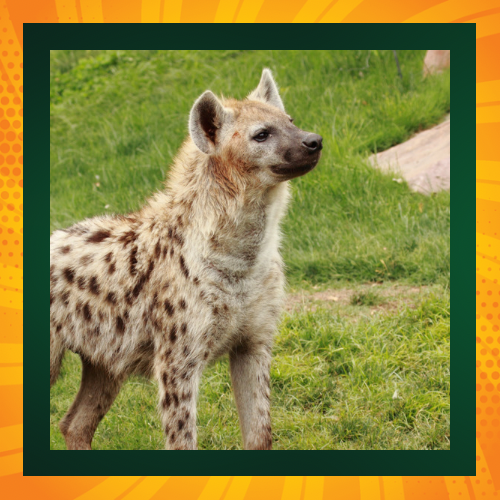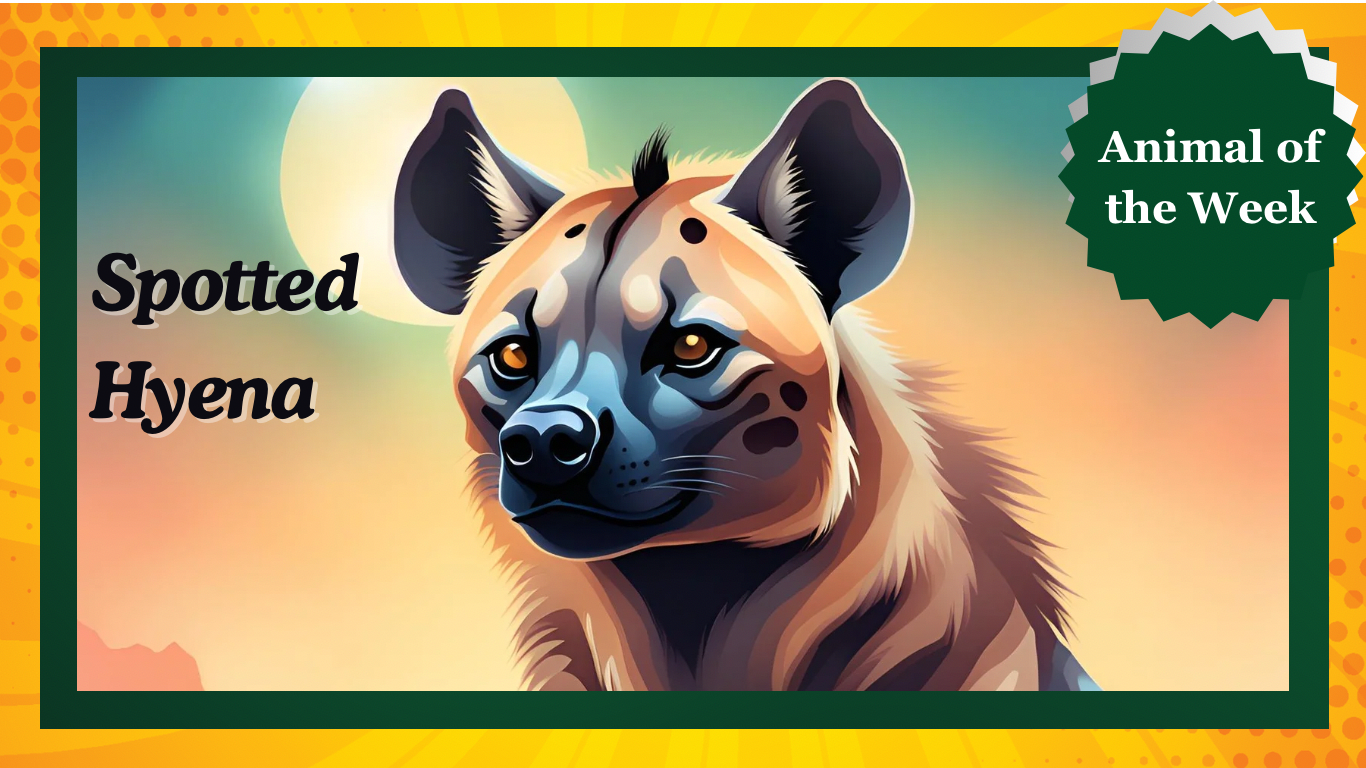Hyenas often evoke fear and disgust due to their portrayal in popular media and the persistence of myths about their behavior. However, these fascinating creatures are far from the cowardly scavengers they are frequently depicted as. In reality, hyenas are complex, intelligent animals with crucial ecological roles. This article delves into the truths about hyenas, dispelling common misconceptions and highlighting their importance in the natural world.

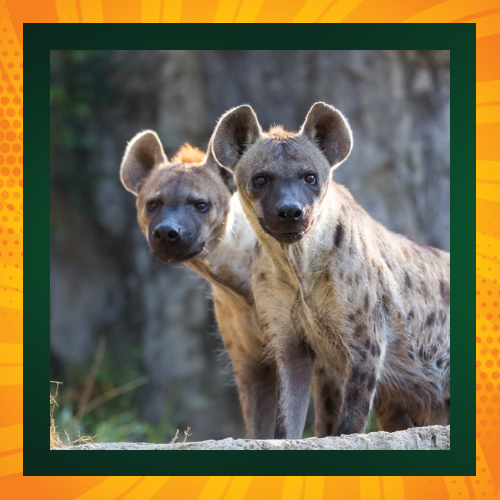
Despite their dog-like appearance, hyenas are more closely related to cats than dogs. They belong to the suborder Feliformia, which includes animals like civets, genets, and mongooses. Their closest relatives are mongooses and meerkats, while their evolutionary lineage diverged from cats millions of years ago.
The Myth of the Cowardly Scavenger
One of the most pervasive myths about hyenas is that they are mere scavengers who steal kills from more “noble” predators like lions. This image has been perpetuated by movies and folklore, painting hyenas as opportunistic and cowardly. While it is true that hyenas scavenge, they are also formidable hunters. In many African ecosystems, spotted hyenas (Crocuta crocuta) are the dominant predators, responsible for the majority of their food through hunting.
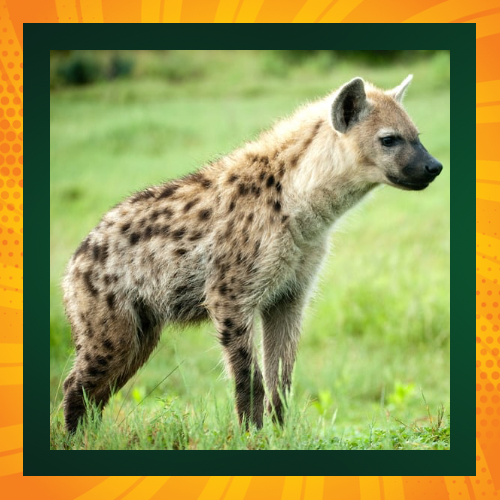
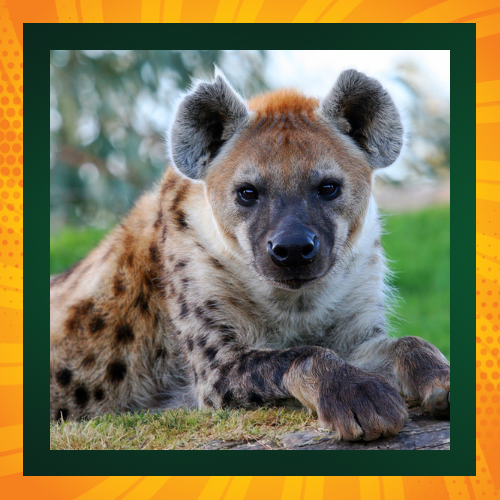
Studies have shown that spotted hyenas are highly effective hunters, with success rates comparable to those of lions. They use sophisticated strategies, often hunting in packs to take down large prey such as wildebeest and zebras. Their powerful jaws and endurance allow them to tackle a wide range of prey, showcasing their versatility and hunting prowess.
Social Complexity and Intelligence
Hyenas live in matriarchal societies known as clans, which can consist of up to 80 individuals. These clans are led by dominant females, and social rank is inherited matrilineally. This complex social structure is a testament to their intelligence and adaptability. Hyenas communicate through a variety of vocalizations, body postures, and scent markings, maintaining intricate social bonds and coordinating group activities.
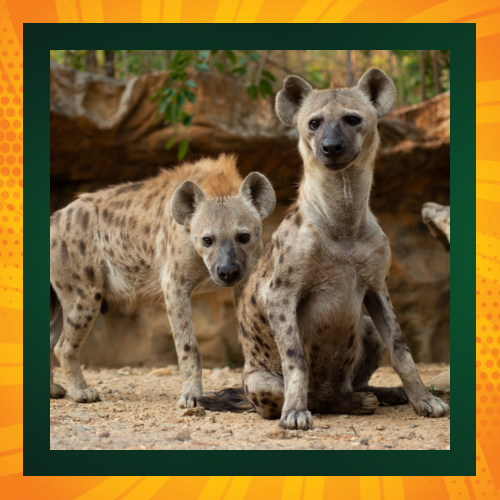
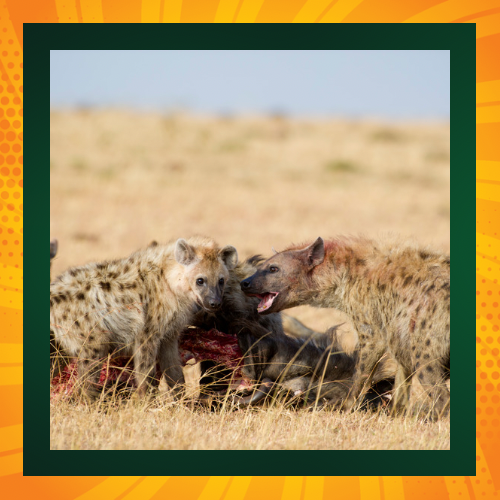
Their intelligence is further demonstrated by their problem-solving abilities. Hyenas have been observed using tools, understanding cause and effect, and even outwitting other predators to secure food. Research indicates that their cognitive abilities are on par with those of some primates, challenging the notion that they are merely primitive scavengers.
Ecological Importance
Hyenas play a crucial role in maintaining the health of ecosystems. As both hunters and scavengers, they help control populations of other animals, preventing overgrazing and maintaining the balance of the environment. By consuming carrion, they also prevent the spread of disease, acting as nature’s clean-up crew.
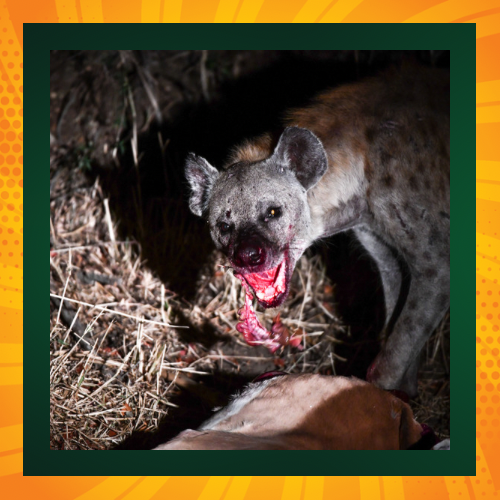
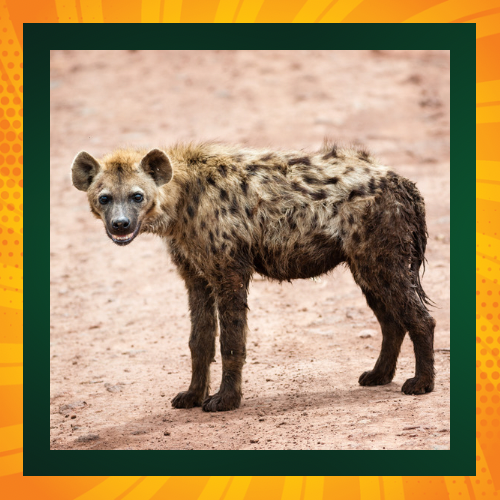
Their scavenging habits are particularly important in regions where other large carnivores are absent or scarce. Hyenas efficiently recycle nutrients back into the ecosystem, ensuring that no part of a carcass goes to waste. This behavior supports the overall health of the habitat, benefiting a wide range of species.
The Hyena’s Unique Physiology
Hyenas are equipped with several unique physiological traits that aid their survival. Their powerful jaws are capable of crushing bones, allowing them to access nutritious marrow. This ability not only helps them extract maximum sustenance from their prey but also reduces competition by making use of remains that other predators cannot consume.
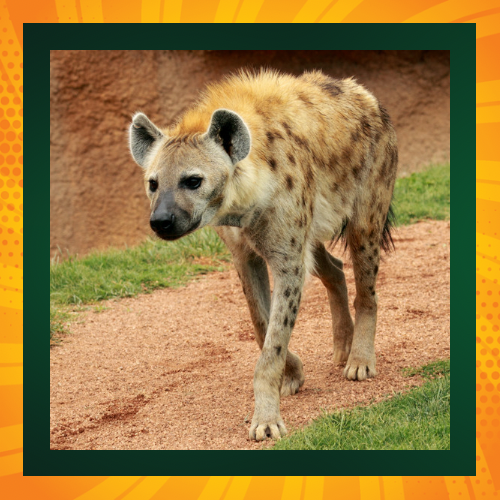
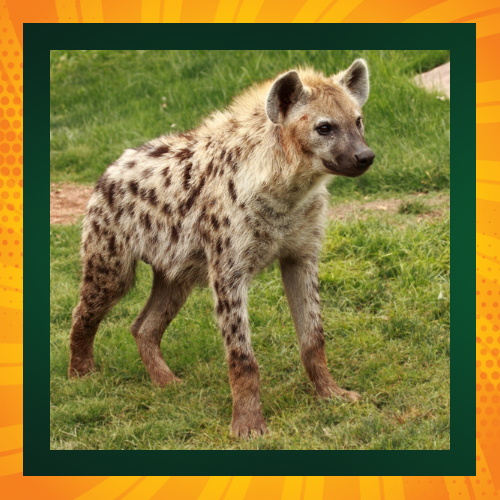
Additionally, hyenas have an exceptionally strong digestive system that can process bones and other tough materials. This adaptation ensures that they can thrive in harsh environments where food may be scarce. Their endurance and ability to travel long distances in search of food further enhance their survival capabilities.
The Misunderstood Laugh
One of the most recognizable and misunderstood traits of hyenas is their “laugh.” This vocalization, technically known as a “giggle,” is often interpreted as a sign of aggression or madness. In reality, the giggle serves multiple purposes, including communication of excitement, submission, or distress. It is a key component of their complex social interactions, helping to maintain clan cohesion and convey important information.


Conservation Challenges
Despite their ecological importance, hyenas face numerous threats. Habitat loss, human-wildlife conflict, and hunting pose significant challenges to their survival. In many cultures, hyenas are viewed with suspicion and hostility, leading to persecution and decline in populations.
Conservation efforts are crucial to protect these misunderstood animals. Education and awareness campaigns can help change public perceptions, highlighting the vital role hyenas play in ecosystems. Protecting their habitats and implementing measures to reduce human-wildlife conflict are essential steps toward ensuring their future.
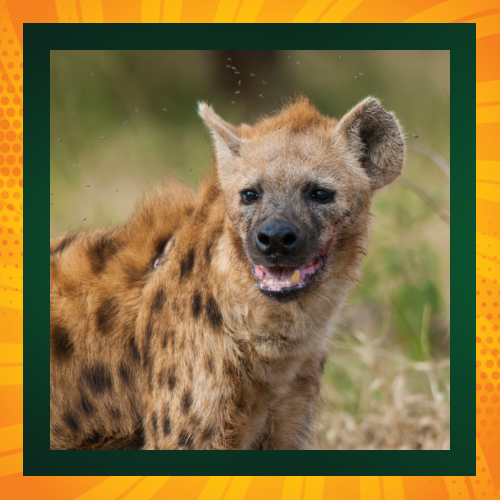
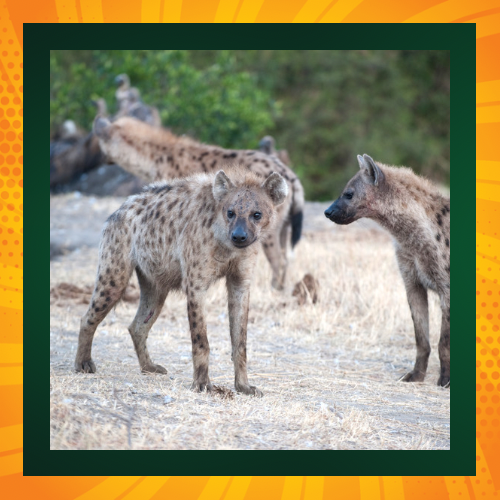
Conclusion
Hyenas are far from the villainous scavengers they are often portrayed as. They are intelligent, complex, and ecologically important animals deserving of respect and protection. By understanding the truth about hyenas, we can appreciate their role in nature and work towards conserving these fascinating creatures for future generations.
References
1. BBC Wildlife. (n.d.). The Truth About Hyenas. https://www.bbc.co.uk/bigcat/animals/hyenas/hyenas.shtml
2. National Geographic. (n.d.). Hyenas. https://www.nationalgeographic.com/animals/mammals/facts/spotted-hyena
3. African Wildlife Foundation. (n.d.). Spotted Hyena. https://www.awf.org/wildlife-conservation/hyena
4. Smithsonian Magazine. (n.d.). Why do the Hyenas Laugh. https://www.smithsonianmag.com/videos/category/wildlife/why-do-hyenas-laugh/
5. National Geographic Kids. (n.d.). Hyena Facts. https://kids.nationalgeographic.com/animals/mammals/facts/spotted-hyena
